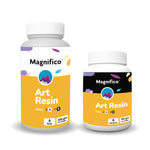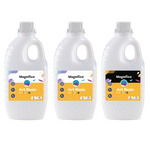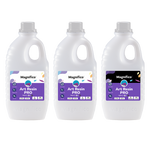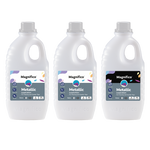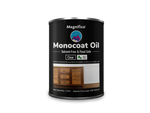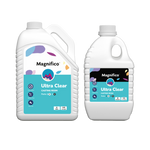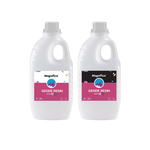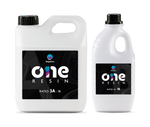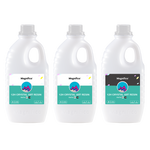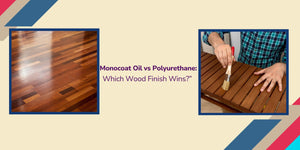When it comes to finishing wood, two names dominate the conversation — Monocoat Oil and Polyurethane. Both offer protection, but they do so very differently. One enhances natural beauty with a non-toxic formula; the other builds a hard synthetic layer.
So which one truly wins for your furniture, floors, or décor pieces?
Let’s break it down. Understanding Each Finish Monocoat Oil — Nature’s Touch
Magnifico Monocoat Oil is a 100% naturally derived, VOC-free wood oil. It bonds at the molecular level with wood fibers, creating a matte-satin protective layer that feels and looks like natural wood. No chemicals, no second coat — just pure, organic finish.
Real-World Performance
- Durability - While polyurethane is harder on the surface, Monocoat Oil penetrates deeper, protecting the wood from within. In humid Indian conditions, Monocoat performs better since it allows the wood to breathe naturally, reducing swelling and cracking.
- Maintenance - Polyurethane finishes chip over time and require full resurfacing, whereas Monocoat lets you re-oil only affected areas — saving effort and cost.
- Aesthetic Appeal - If you love wood’s natural texture and matte elegance, oil wins hands-down. Polyurethane’s glossy shine can look plasticky, especially on raw or light-grained woods.
- Sustainability - Magnifico’s Monocoat Oil is 100% non-toxic, biodegradable, and VOC-free. It’s safer for artisans, homeowners, and the planet.
When to Choose Each
- Choose Monocoat Oil if: You want a natural finish, eco-friendly composition, and easy spot maintenance.
- Choose Polyurethane if: You need a thick protective film for heavy-traffic commercial furniture.
Expert Recommendation
For most Indian homes and furniture manufacturers, Magnifico Monocoat Oil provides the perfect balance of durability, health, and beauty. Its one-coat formula reduces labor time and gives an elegant European-style matte finish ideal for premium interiors.



